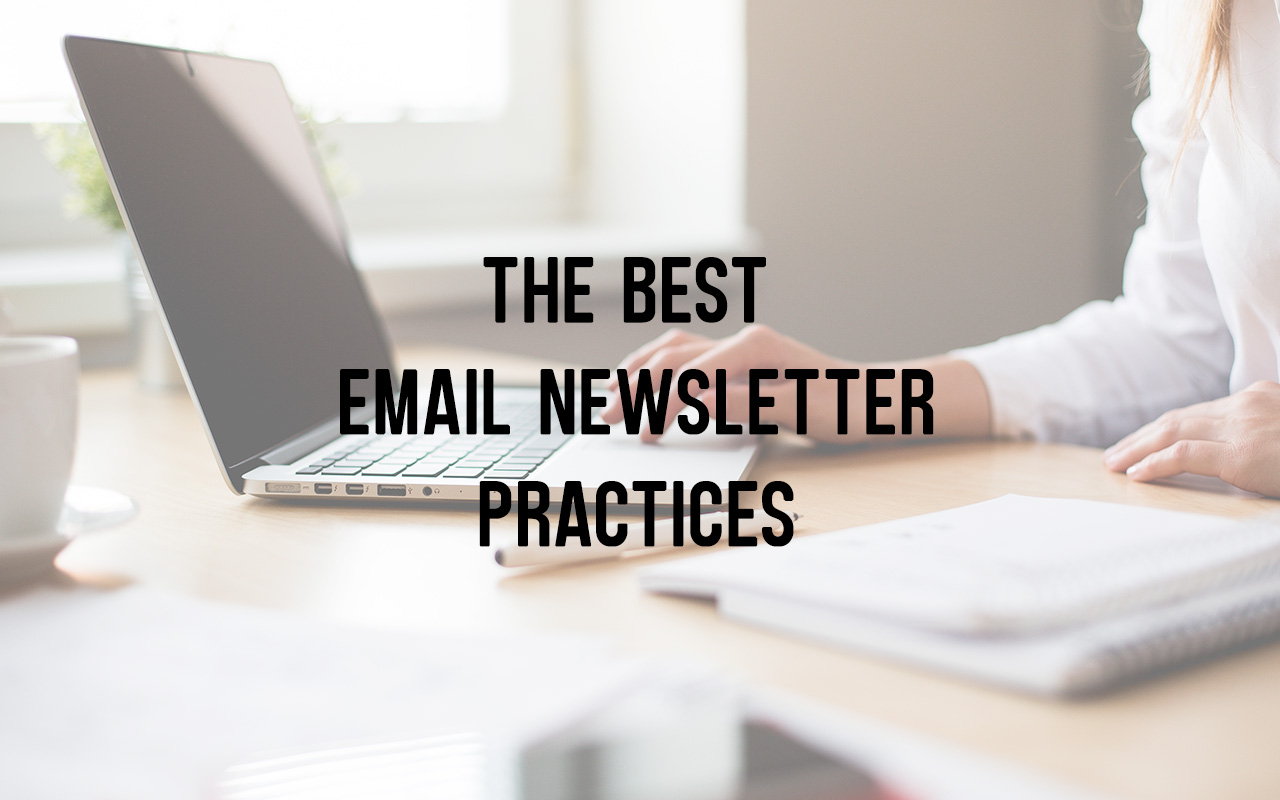Why invest in email?
For some time in the last decade, through the rise in social media use, it was widely regarded that email was in decline and will die off sooner rather than later. To this day, nothing reaches you on a more personal and private level on the internet than with email. Email is alive and kicking and always will be. It’s your go to place. What’s the first thing you check when you go online each working. Granted you may not check your emails over weekends if your work for someone else. But if you work for yourself and run your own business, I guarantee that those people are checking their emails everyday.
It’s your own address, a private communication stream between you and someone else. It’s professionalism at its highest. Where else do you use ’email etiquette’? Think about how you talk on email and how you format it. Where else do you do this other than email. Email is its own channel for conducting business and professional matters.
It’s a 1-1 conversation with someone, delivered to you, in your inbox. For you to read at your own leisure. It can be used for both business and pleasure, receiving the most up to date information that from an individual or a business. Think about how prominent newsletters are to a business and how much attention, detail, information, and promotion that goes into creating a newsletter that reaches an audience. Whether that by a large multinational company, or an individual entrepreneur. Email does that same thing. Allows you to have a private conversation with someone.
One thing that people may not know about email is that you can reply directly to an email newsletter and that will go into their email so that you can have a conversation with someone.
There are a number of practices you can use to get someone’s attention using an email. If you goal is to generate more click-throughs, more views on a topic, build interest, or get more subscribers to the newsletter.
Below is a list of the best practices for creating email newsletters, both with the design and copywriting. These practices can be used for large businesses and for individuals sending newsletters to their audience;
- Add Links – Links are important ways to bring someone to you website. Because, as I’ve mentioned before, your website is your home, and you should be trying to bring people to the home of your content. You can’t sell directly on your social media channels, so you need a platform to bring people to in order to generate sales, views, or interest. Don’t forget to add the link in the email either.
- Be Specific – Be specific with your email. Let people know what this email is without them having to guess what it’s about. Confusion leads to subscribers. If the email is an autumn sale, say it in the subject line and be consistent with it, don’t then lead into some news that is unrelated entirely to the sale. If you have other news, send a separate email about this news and have that email be only about that. Or if you have random bits of news, compile it into ‘the random bits of news’ newsletter. People want to know what they are getting into without doing the thinking, tell them what they are getting.
- Less promotion, More Education – No one wants to be sold to all the time. People want to learn, offer free advice, guides, educate your followers by providing free value. This could be anything depending on your audience and the nature of your business. People like exclusivity. Offer them something they couldn’t get elsewhere as an incentive/reward for signing up. Then keep educating them. You newsletter should be 90% education. Even if it’s coupled with a specific sale, it’s still educating them. If not, you are taking from them. You need to give to them.
- Set Expectations – Let people know what they are getting into and when they can expect something from you. Be consistent with your newsletter. Don’t let people down or you can expect unsubscribers. This comes in the form of the timing and with the content. If you say you are sending free guides, gifts, voucher codes etc. and you don’t deliver those things. People will lose trust in your word. Deliver what you say you are going to deliver, it’s really that simple. Don’t say one thing to trick others into subscribing, then not deliver on it.
- Keep a Standard Design – Keep your brand guidelines the same through each newsletter. to change elements each newsletter is to break consistency. People won’t know what to expect or where to find content. If you have changed the design, let people know, do a big reveal and welcome them to your newly designed newsletter, then keep it that way.
- Devices – count for different devices, a mobile will be a lot small than a desktop in regards the image, if it is intrinsically detailed, maybe people wouldn’t see it on their mobile. The same with what people see first. Lead with a large image, something that captures their attention before the fold to incentivise them to scroll down. Nothing is more off-putting than a wall of text when you open a newsletter. The top left corner is where the user’s eye is drawn to first. This gets the most attention, and is normally where the company logo is located.
The subject line is key to grabbing the users attention in their inbox, it has to be enticing enough to click on, but not sound spammy that it’s deleted straight away. This is going to be the first thing users see. There are a number of practices with subject lines to improve the open rates;
- Deliverability – Avoid spammy words such as ‘Free’, ‘Special’, ‘Limited Time’, and using words with the caps lock on. These are filtered through most email providers and sent straight into the spam folder.
- Actionable – Use verbs in your subject line to create urgency. Get people thinking about taking an action to open you email.
- Personalise – A bit more tricky and only really used for big emails lists. But you can segment your list to make it more personable to that audience. Find our what they are struggling with, then deliver it in a package of what they want.
- Clarity – Put yourself in their shoes. Would you open this email? Why wouldn’t you open the email? Are these the problems of the subscribers? Do they want to read things like this?
- Brevity – Make it short, sweet, and straight to the point.
- Consistency – Make the content relate to the subject line. Don’t bait and switch eg. 75% off, only for them to open it and realise it was only for socks. This is going to disappoint people.
Speak to users as if they are the only one you are speaking to, not as if you are addressing an entire audience. Make it personal, this is how you build a relationship with your audience, that in the long-term benefits you. Help them with their problems, provide them with free value, things that will make a benefit with their life. Impact a person’s life so much and they will spread the word for you and become an ambassador to your brand.
Emails are a powerful way communicate with people on a personal basis. Much more than what it is with social media. Engage with people, encourage them to tell you their problems, solve these problems, and help people.
Create a newsletter, plan your content, be consistent with it, and engage your community.



